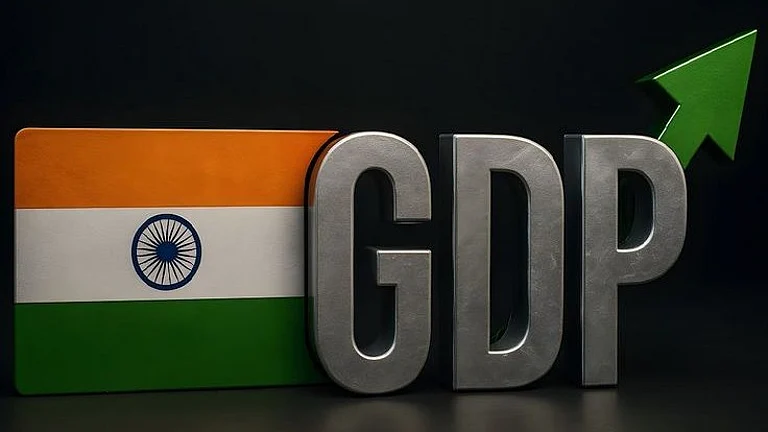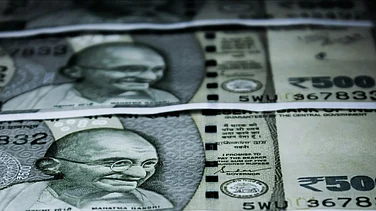The growth outlook for FY26 remains strong, supported by domestic demand, lower inflation, monetary easing, and the positive effects of GST reforms despite global economic and trade policy uncertainties, a finance ministry report said on Monday.
"Against a global backdrop characterised by economic and trade policy uncertainty, India's economy gained momentum in Q2 FY26. This is particularly significant, as the United States imposed higher tariffs on India in August," the finance ministry said in its monthly economic review.
Various supply-side High Frequency Indicators (HFIs) have displayed healthy trends while demand conditions continued to improve with the GST reforms and festive season sentiments spurring consumption, it said.
"The growth outlook for FY26 remains strong, supported by domestic demand, favourable monsoon conditions, lower inflation, monetary easing, and the positive effects of GST reforms. Consequently, the IMF and the RBI have revised their growth forecasts for India for FY26 upwards from 6.4 per cent and 6.5 per cent to 6.6 per cent and 6.8 per cent, respectively," it said.
Meanwhile, it said, India’s trade performance remains robust, with strong services exports effectively offsetting the merchandise trade deficit.
Even as trade deal negotiations with the US continue, merchandise trade data for September 2025 presented early evidence of diversification of export destinations, it said.
The increase in gross FDI inflows signals the country’s appeal as an attractive investment destination, it said.
Recent policy measures, including GST rate rationalisation, are expected to keep inflation moderate while supporting consumption demand, it said, adding that the overall prices are likely to remain soft in FY26.
In the latest meeting of the MPC, while keeping the policy repo rate unchanged at 5.5 per cent with a 'neutral' stance, the average headline inflation for 2025-26 has been further lowered to 2.6 per cent, from the earlier projections of 3.7 per cent forecasted in June 2025 and the revised 3.1 per cent forecasted in August 2025.
The forecast for the ongoing Q3 is maintained at 1.8 per cent, while an uptick is anticipated in Q4 and into early FY27. Core inflation is projected to remain subdued through the remainder of the year and into Q1 2026–27.
On the agricultural front, it said, kharif sowing has been successfully completed, with cereals and pulses recording healthy growth, reflecting favourable growing conditions.
Despite a decline in areas sown to oilseeds and cash crops, as well as some crop damage from extreme weather events, the overall outlook for food production remains positive, underpinning both rural income and market stability, it said.
With regard to the financial sector, it said, despite a moderation in the growth of bank credit, the overall flow of financial resources to the commercial sector continues to rise as non-bank sources of funding are gaining prominence and offsetting the decrease in the flow of bank credit.
Looking ahead, it said, the lower GST rate is expected to support a positive demand outlook by reducing the tax burden on consumers and businesses, stimulating consumption and investment across sectors and boosting employment generation in the economy.
Moreover, a strong performance in the industries and services sector, along with a stable labour market, will further enhance domestic demand. Nevertheless, global uncertainties warrant caution and will continue to affect external demand, presenting downside risks to the growth outlook, it said.
The implementation of various growth-enhancing structural reforms and government initiatives, including GST 2.0, is expected to mitigate some of the negative impacts of these external challenges, it added.






























